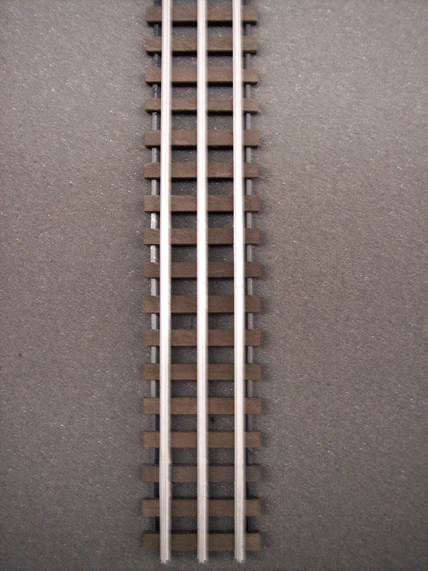I am running FasTrack for my layouts, but I have Atlas-O, Ross, and Lionel Super-O as well that I have played with at times.
IMO, the best feature about FasTrack is the integrated command-control turnouts, taking both power and command from the rails: no wiring needed. With powered non-derailing routing. That is the approach I am using for both my O and S layouts. That feature is worth paying more to me.
The worst feature about FasTrack is the large number of fitter pieces needed to do anything other than a simple layout plan. $$ And connected to this, are the limitations on the plans possible. I have found that cutting FasTrack lengths to be a hassle, and difficult to get good results. I am OK with trimming roadbed to mate FasTrack sections to turnouts without the included 1-3/8" fitters, that is easy and yields decent results.
I also dislike the 6" center-rail spacing of FT, and have to use compound curves, which also means more curved track section pieces.
The noise issue of FasTrack I recognize bothers many, but can be mitigated with a number of ideas discussed on this forum. OK for me, to each their own.
For me, the Ross track pins don't insert well into the opposing sections - not sure why.
For me, the Atlas-O looks great, but a bit heavy rail. I have found that the rail can pop out of the spikes and tie plates at times, so care in cutting is needed.

















